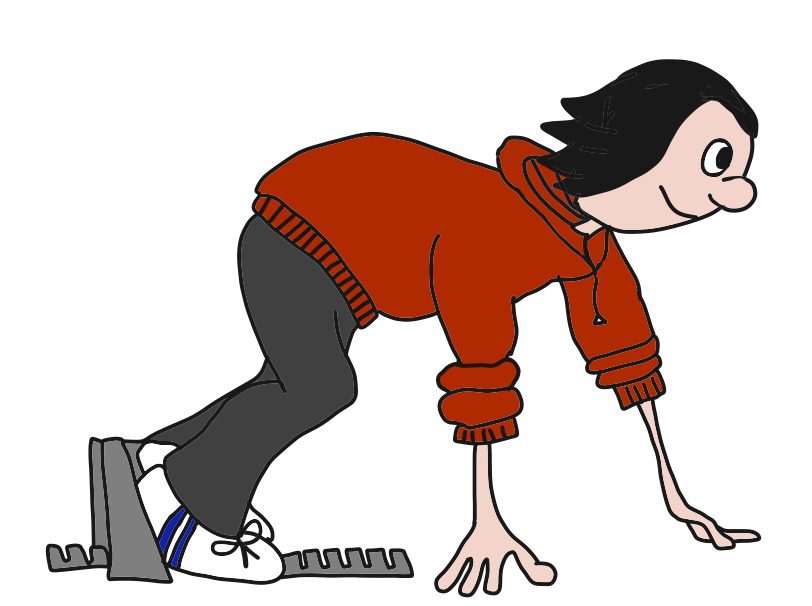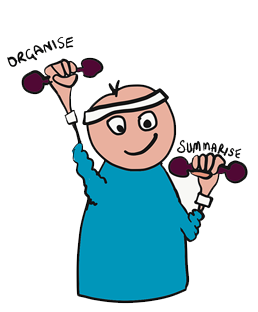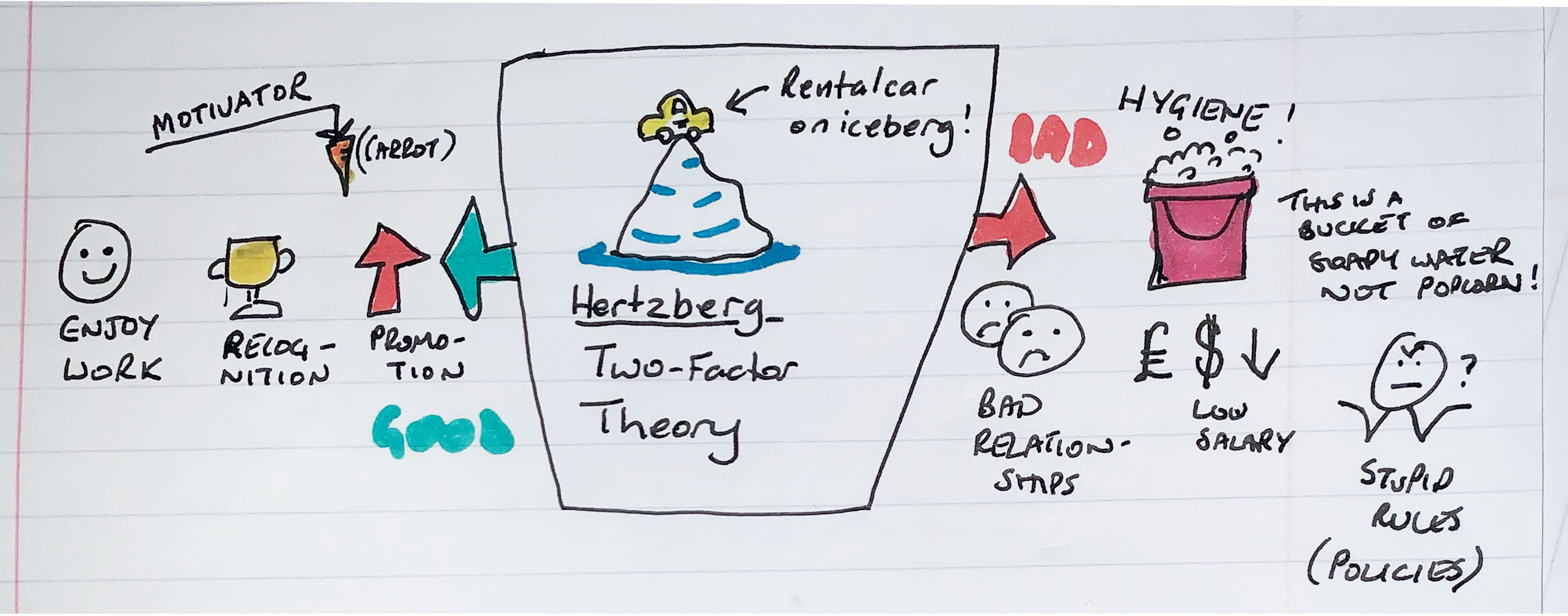For many previous exams, you will have had to memorise a lot of facts and figures. For exams at university there will be some things you need to memorise, but it is a lot more about understanding the material than purely memorising it.

The best way to ensure that both things happen is to revise actively. This does not mean you are moving around whilst your revise (although that can sometimes help) – it means you are actively processing the material rather than just reading it.
Here are 5 ways to make you think as you revise (and so make your revision more effective).
1. Summarise and return

- Break what you have to revise down into chunks (the size of the chunk will depend on the material – it could be a chapter, a page, a couple of paragraphs).
- Read the chunk though and then summarise it into a few bullet points (try not to use more than five).
- The next day, read through your summary again before you start working.
- Later in the day – see how much of the summary you can recall (don’t look!).
- Check back over it to see what you have forgotten.
- Repeat the recall and check process a few times until you have it.
2. Draw it (badly)
Drawing stuff makes you think about it in a different way – this is great for both understanding and memorising. The great thing about it is that even if you are absolutely rubbish at drawing it still works just well.

3. Map it messily
Mind maps are a great way to see connections and groupings in your material – and they really do not have to be particularly pretty to work in that respect. Remember that neural networks are messy too – so your brain is used to it. Obviously if you prefer to make yours neater than this then go ahead – but don’t use it as a form of procrastination!!

4. Set up a fight
If there parts of your curriculum where there is a lot of debate, with different opinions in the literature, imagine there is going to be a battle to fight it out! Write out each argument (weapon) as a sentence on a post it or index card. Place it in a pile with other arguments that support a similar point of view. You don’t only need two piles – academic argument is rarely binary. Give each argument a strength score (a bit like Top Trumps). Really think about that part – it will stick in your head if you do!

5. Answer back like an annoying child

As you work through materials to revise them, make note of the key points – but imagine you are an annoying child saying “Why?” or “So what?” Write underneath the point the answer to one of those questions. Remember children often keep saying “why?”, “why?” so add extra lines if there is more to say!
Whatever form your revision takes, make it more than just reading and copying. Active cognition means you will understand and remember it far more effectively under the stress of exam conditions.
